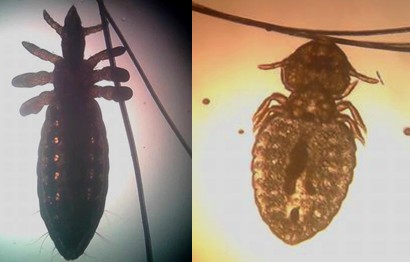Infestación del ganado por piojos en el norte de Túnez
DOI:
https://doi.org/10.19182/remvt.31860Palabras clave
ganado bovino, Phthiraptera, Linognathus vituli, Bovicola bovis, Haematopinus eurysternus, TúnezResumen
El estudio que se reporta se llevó a cabo entre octubre 2014 y enero 2015 e incluyó 622 bovinos pertenecientes a una finca lechera en el norte de Túnez. Cada animal fue examinado una vez para la presencia de piojos. La prevalencia de infestación se estimó en 14.3% (89/622). Se recolectaron tres especies de piojos: Linognathus vituli (2,7%), Haematopinus eurysternus (11,4%) y Bovicola bovis (0,8%). La prevalencia de coinfestación fue de 0,6 % y concernió sólo B. bovis y L. vituli, recolectados en cuatro terneros (tres machos y una hembra). Los terneros estaban infestados con tres especies L. vituli (17,5%), B. bovis (5,2%) y H. eurysternus (1,0%), mientras que los adultos estaban infestados únicamente por H. eurysternus (13,3%). Todos los parásitos H. eurysternus fueron encontrados en la cola de los animales, mientras que L. vituli estaba presente en todo el cuerpo. B. Bovis infestó las partes anteriores del cuerpo, principalmente la región dorsal (60%) (p < 0,05). Los signos clínicos fueron observados únicamente en terneros de menos de seis meses. Los terneros infestados presentaron prurito (63%) y depilación (37%).
Descargas

Descargas
-
Resumen1245
-
pdf 286
Publicado
Cómo citar
Número
Sección
Categorías
Licencia
© M.Gharbi et al., publicado por CIRAD 2020

Esta obra está bajo una licencia internacional Creative Commons Atribución 4.0.





